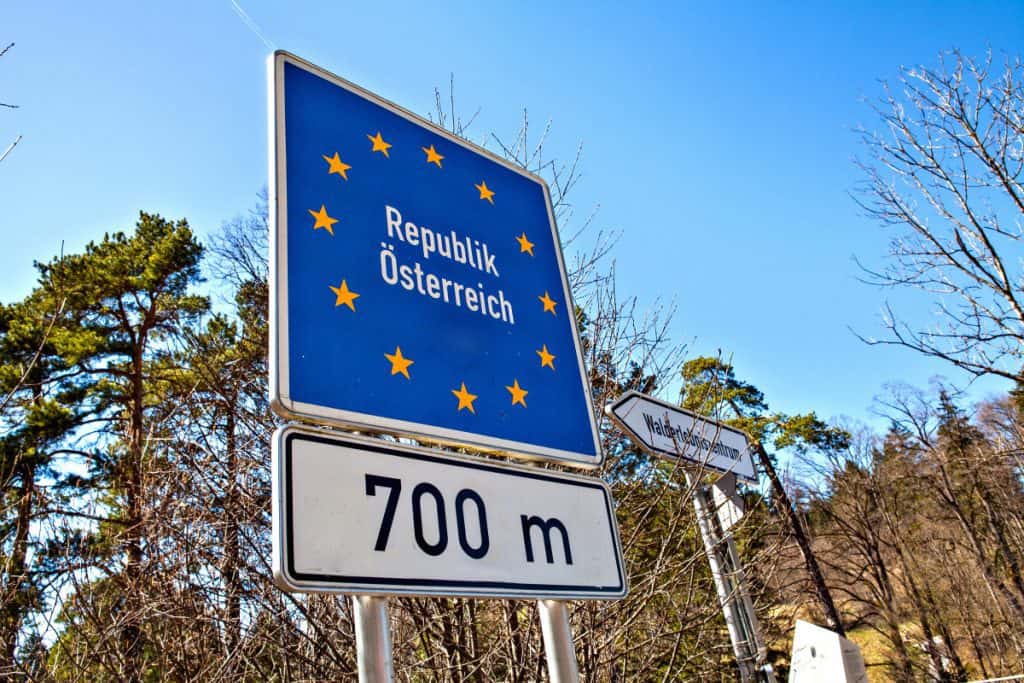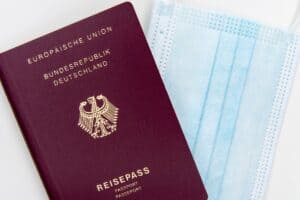Austrian Interior Minister Wolfgang Peschorn announced that Austria will extend the controls of its internal borders with southern neighbors Slovenia and Hungary, both Schengen Area member states. He cited security and continuous secondary movements as the reasons for prolonging the border checks.
“We will take account of the circumstances and continue the existing border checks at the borders with Hungary and Slovenia,” Minister Peschorn stated.
The existing border checks, which are supposed due to expire on November 11, 2019, will be extended for an additional six months or until May 2020.
The announcement was made two weeks after Germany, one of the countries bordering Austria’s northern region declared that it is extending its internal border checks with Austria, the tenth time in a row that it has made the same move. Interior Minister of Germany, Horst Seehofer, initiated the extension procedures for border control.
It has become a common and continuing practice of the EU Member States that are part of the Schengen Area to extend their border controls for many years since 2015, considering significant secondary movements and the high influx of migrants seeking international protection.
In September, the Committee on Civil Liberties, Justice and Home Affairs (LIBE) of the European Parliament decided to open talks with European Union ministers to discuss the revision of time limits as well as conditions for the initiation within the Schengen Area of temporary internal border checks.
Amendments have been proposed, which includes shortening the initial period for border checks from the current six to two months. Additionally, it maintained that the reintroduction of internal border should only be resorted to as a last recourse.
The following is a summary of the timeline of Austria’s borders checks since 2015 when it started:
This is the tenth time that Austrian authorities have extended internal border checks with Slovenia and Hungary.
On November 6, 2015, Austria first introduced border checks with its neighbor countries. There are a total of eight countries bordering Austria but it focused its land border control with its southern neighbors Slovenia, Hungary, and Italy, with changes being a possibility considering the situation of the continuous influx of people seeking international protection.
The checks were set to expire on May 16, 2016, but authorities decided it was necessary to prolong the land border checks with Hungary and Slovenia. It was only possible to cross at designated authorized border crossing points. These border checks were planned to expire six months after, on November 12, 2016.
In November 2016, border controls with Hungary and Slovenia were extended once again following the recommendation of the Council of November 11, 2019.
With the recommendation of the Council of February 7, 2017, border controls with Slovenia and Hungary continued for another six months.
On May 11, 2017, as recommended by the Council of the same date, land border checks with Slovenia and Hungary were still not scrapped.
The border controls were meant to be abolished on Nov 11, 2017, however, Austrian authorities deemed that the checks at the land borders with Slovenia and Hungary were still necessary because of the critical security situation in Europe and the growing incidents of secondary movements, so they were prolonged again.
For the same reasons cited by Austrian authorities, the border controls were extended again on May 12, 2018, then in November 11, 2018, and on May 12, 2019.















